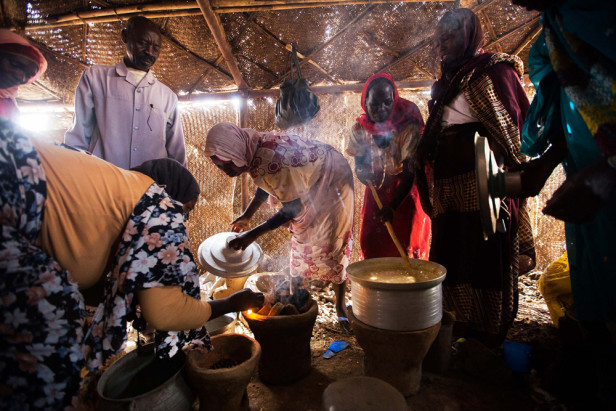- INSIDE DEVELOPMENT
Change the way clean cook stoves are marketed

Change the way clean cook stoves are marketed | Devex
Le climatefarming est souvent décrit comme une méthode agricole au moyen de laquelle du CO2 est prélevé de l’atmosphère et stocké de façon stable dans le sol sous forme de carbone. Ceci pourrait permettre de freiner le changement climatique. Mais le climatefarming, c’est également un concept écologique durable pour l’agriculture du future, qui produira aussi bien des denrées alimentaires que de l’énergie et de l’air propre, encouragera la biodiversité et protégera le paysage.
Au travers de leurs feuilles, les plantes prélèvent du dioxyde de carbone contenu dans l’air et le transforment à l’aide de la lumière, de substances minérales et de l’eau en molécules carboniques. Lorsque la plante meurt ou pourrit, ou si elle est mangée et digérée, les molécules longues de carbone sont de nouveau scindées. Ce processus libère de l’énergie et donc du carbone qui, composé à plus de 99% de CO2, s’évapore dans l’atmosphère. (en savoir plus ...)

Keine Kommentare:
Kommentar veröffentlichen